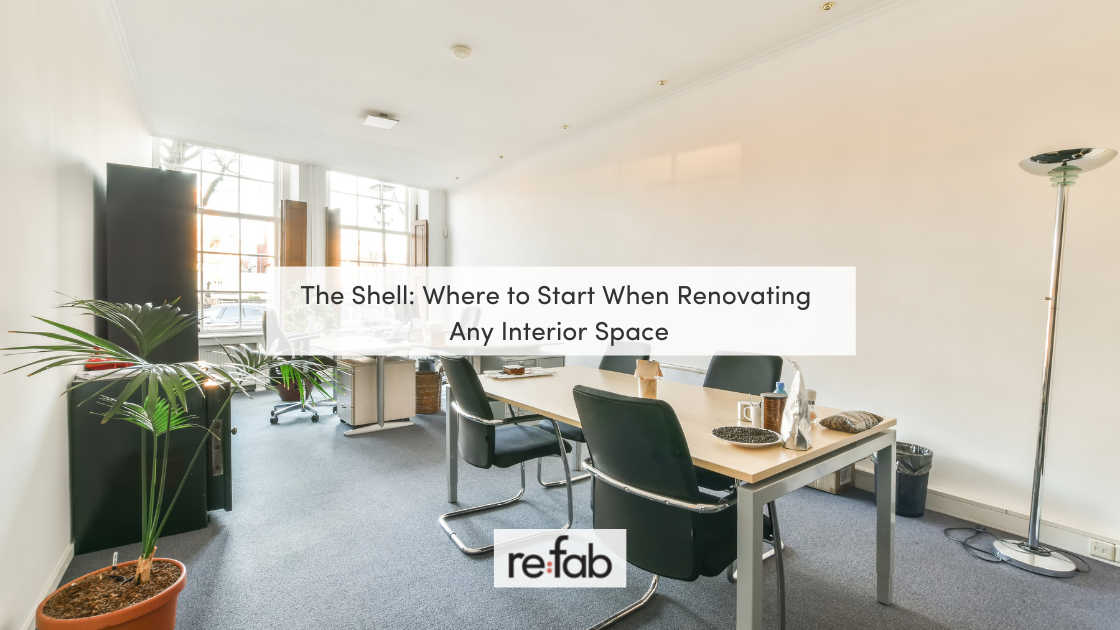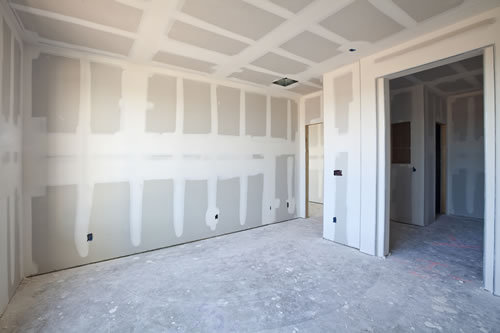
I have been an interior designer for over 20 years, running and operating my own business called WDK Design. After two decades of remodeling homes, I cannot stress enough that updating your property’s interior doesn’t have to be expensive or complex. Attractive transformations can be made through simple steps. I take pride in starting with the shell of any space a client is looking to update.
I believe the designer who starts with the shell of a property is like the set designer, working with a director to create both the physical and emotional space to set the appropriate tone and mood.
Beginning the remodeling process of the interior of your property can seem daunting. A good way to get started is to come up with a workable design scheme. My clients often have little to no vision of what the interiors should look like in a project’s completion. Getting ahead of yourself by trying to envision the finished product is a waste of energy.
To put my clients at ease, I point out that they must first concentrate on the property’s shell. Freshly painted walls, refinished floors, new moldings, trim and bookcases can make a property feel fresh and new. Once the interior shell of the property is complete, the owner can plan for the next phase: furnishing the interior. I always make sure the rooms look as though they have evolved over the years. I don’t like a property to appear as though it was staged to sell. The interior spaces should be inviting, offering a warm and cozy feeling. I think of the shell as a clean canvas, awaiting a wonderful painting!
Here are some key aspects of a property’s shell:
Millwork

To accentuate dimension and authenticity, I recommend adding wood moldings to a space. Built-in bookcases (floor to ceiling) adds interest and style to what may have been a plain wall. This strategy will add height to a room while showcasing decorative items.

Ceilings are another aspect of a space that should never be forgotten, even though they are often overlooked. Adding coffers – sunken panels in a ceiling – are another way of providing architectural style to a room. To make ceiling features stand out, you can also add multiple textures and unusual moldings.

Paint & Color

Paint color is the foundation of any interior design and a key aspect of a space’s shell. I prefer a neutral palette, choosing soft colors that will showcase artwork and furnishings. Most importantly, the rooms should flow throughout the property. Amidst my neutral palette, I often like to add a bold color to one room, perhaps a den or library, which offers a surprise to the eye.

Homeowners often think that ceilings should always be painted white. I say that although a whitish hue is sometimes best, you shouldn’t be afraid to mix it up. The ceiling is a continuing part of the space’s walls. Adding color where people least expect it can only make the space more intriguing.
Wall Covering

It is of popular belief today that wallpaper is “old school.” I strongly disagree with this perspective. Wall coverings with texture or pattern are an intelligent way of adding an artful feel to any wall or ceiling. One of my favorite materials to use in smaller, cozier spaces is sisal. It comes in a variety of looks and brings with it an immediate atmosphere.
You can also apply wild-patterned wallpaper to rooms without making them looking gaudy or overwhelming. Don’t be afraid to put your unique spin on things!

So, remember where to start when renovating a space: the shell. By focusing first on millwork, paint color and wall covering, your vision will come together naturally. It’s a beautiful process that has worked for me and my clients for over two decades. Texture, color, and architecture make a space what it is. Then, adding select pieces – artwork, antiques, etc. – afterward will be much less stressful. Have fun with your own personal design!
There’s a science behind color and the way it makes you feel. See how color therapy can help you paint interior spaces with purpose!
About The Author

Wendy Kirkland has been featured in publications such as Traditional Home and The Wall Street Journal. She believes that good design should create a space that combines comfort, function, and beauty. Finding distinctive pieces from unexpected places is crucial to the unique quality of each room and one of Kirkland’s greatest skills.








